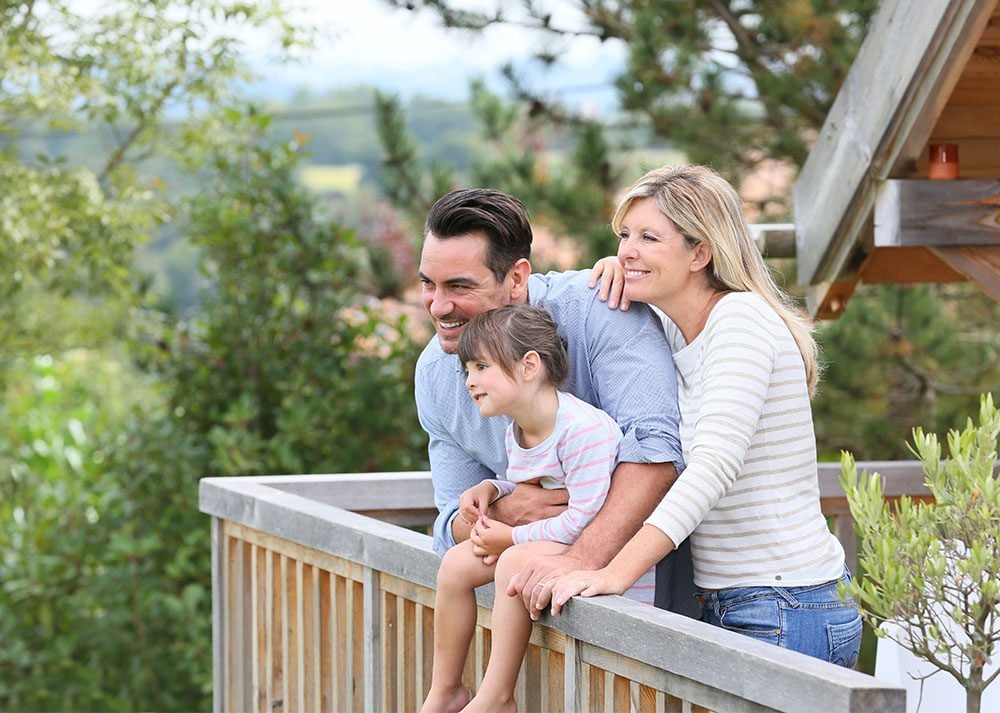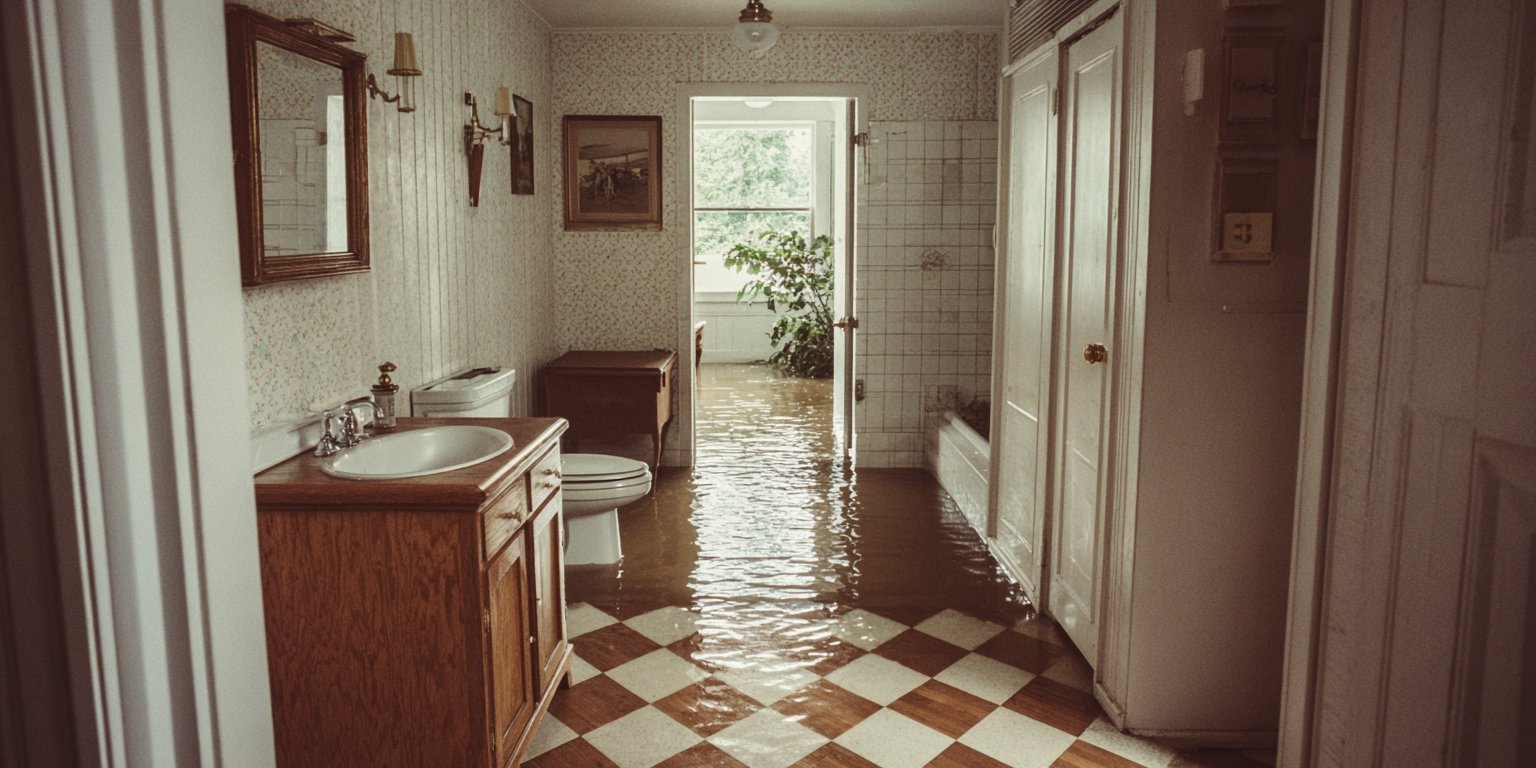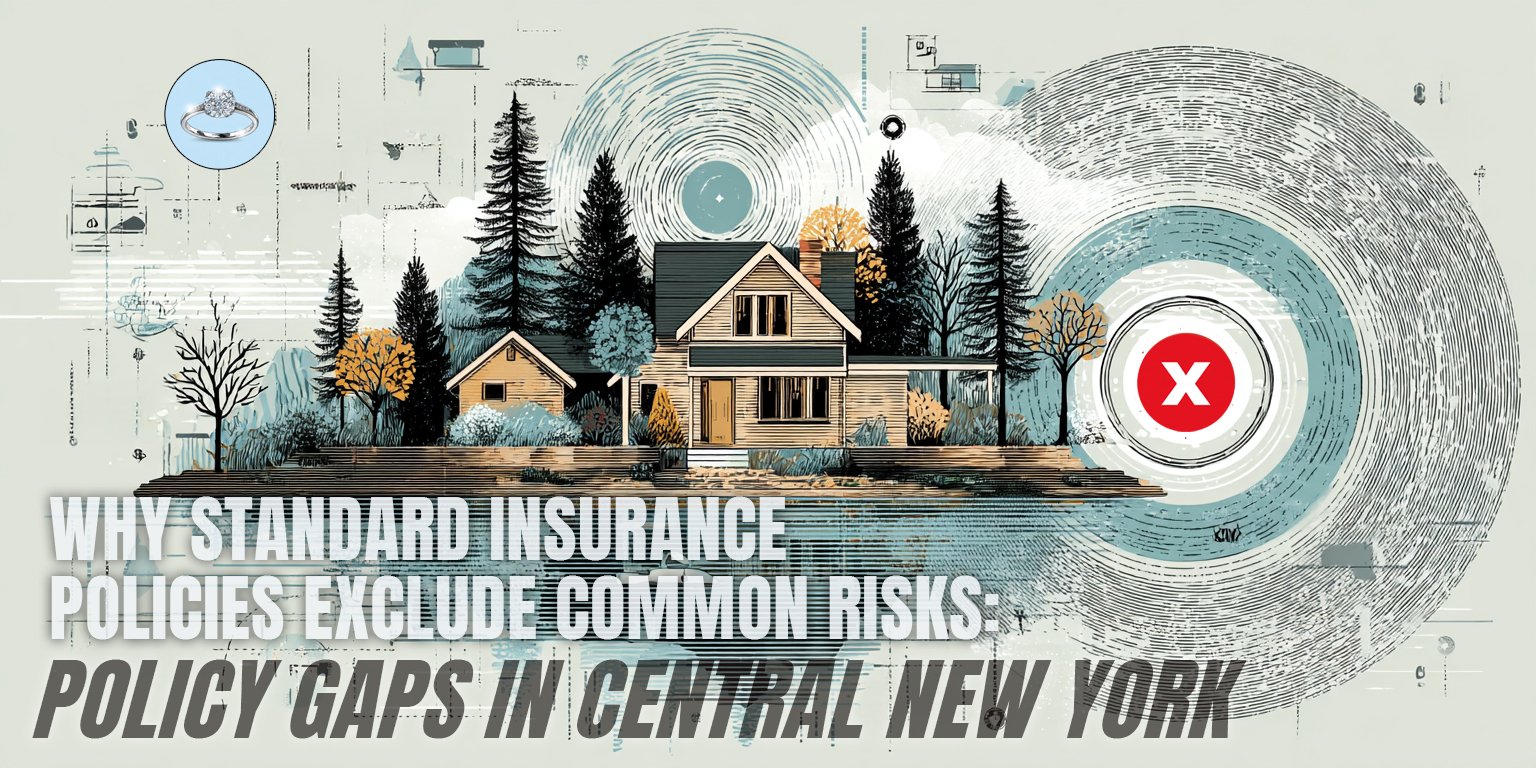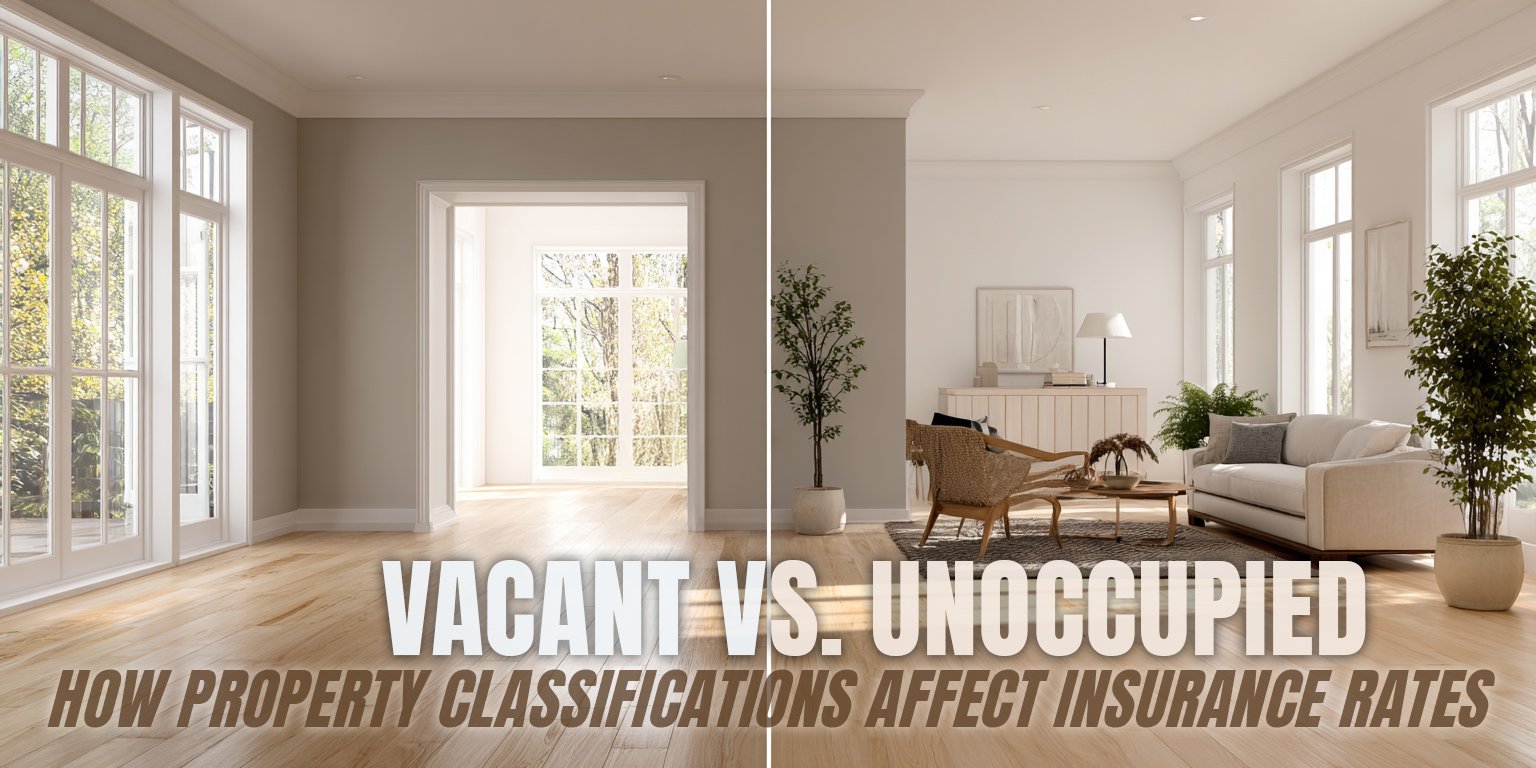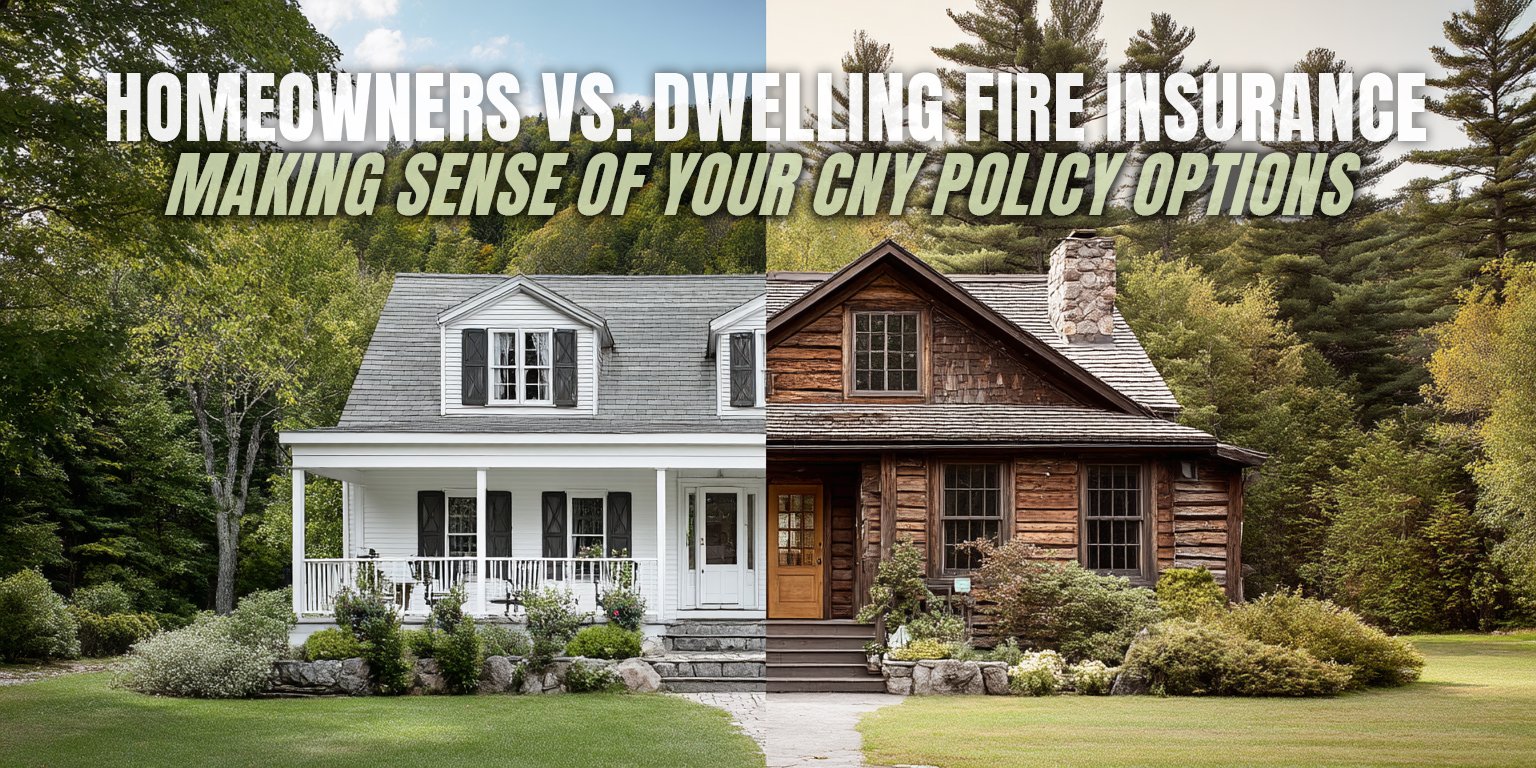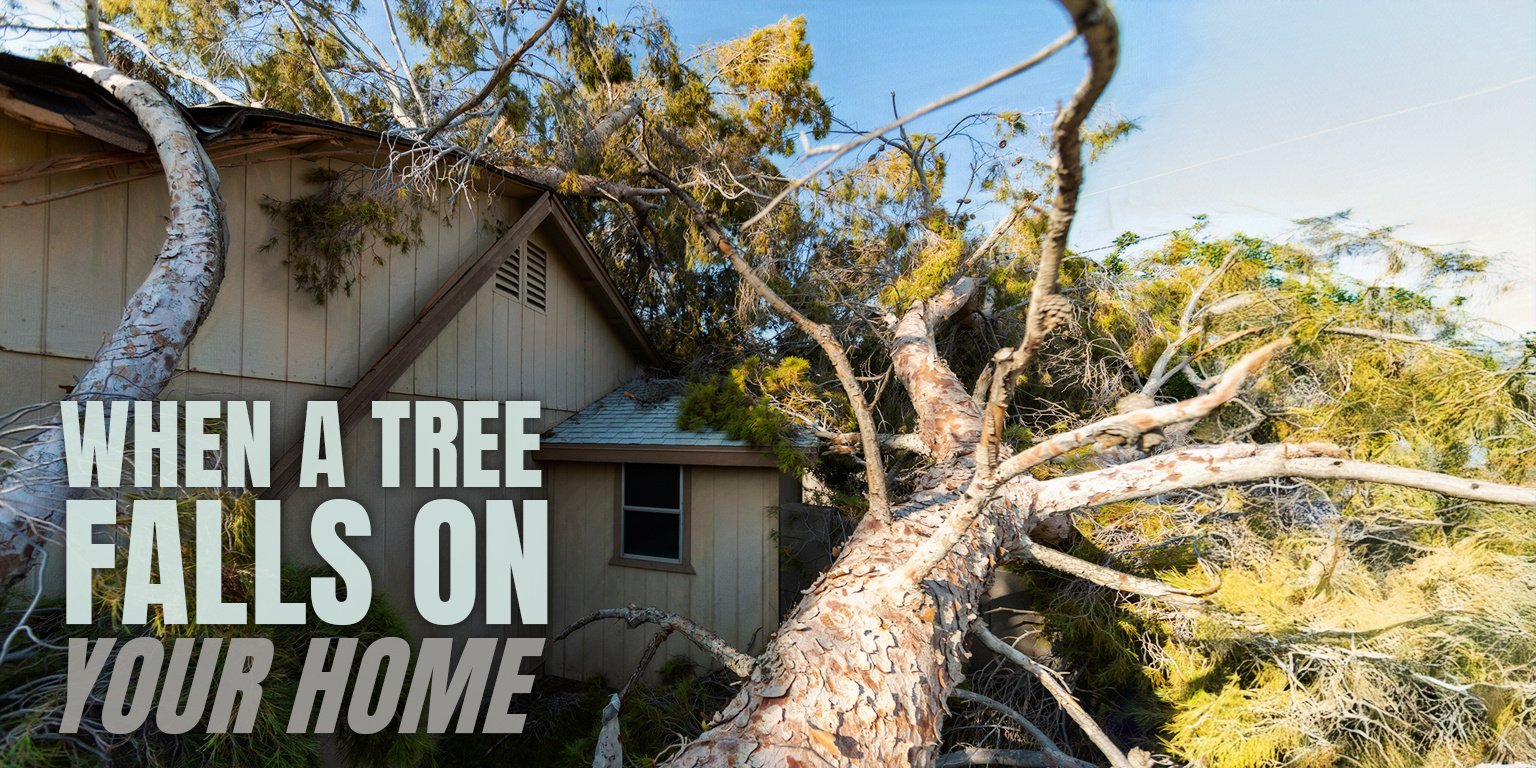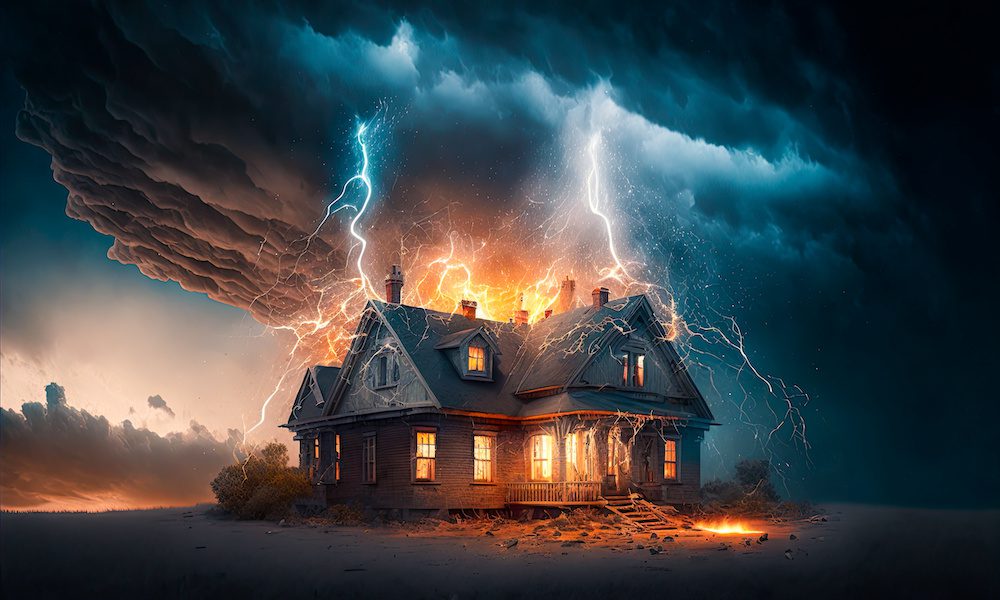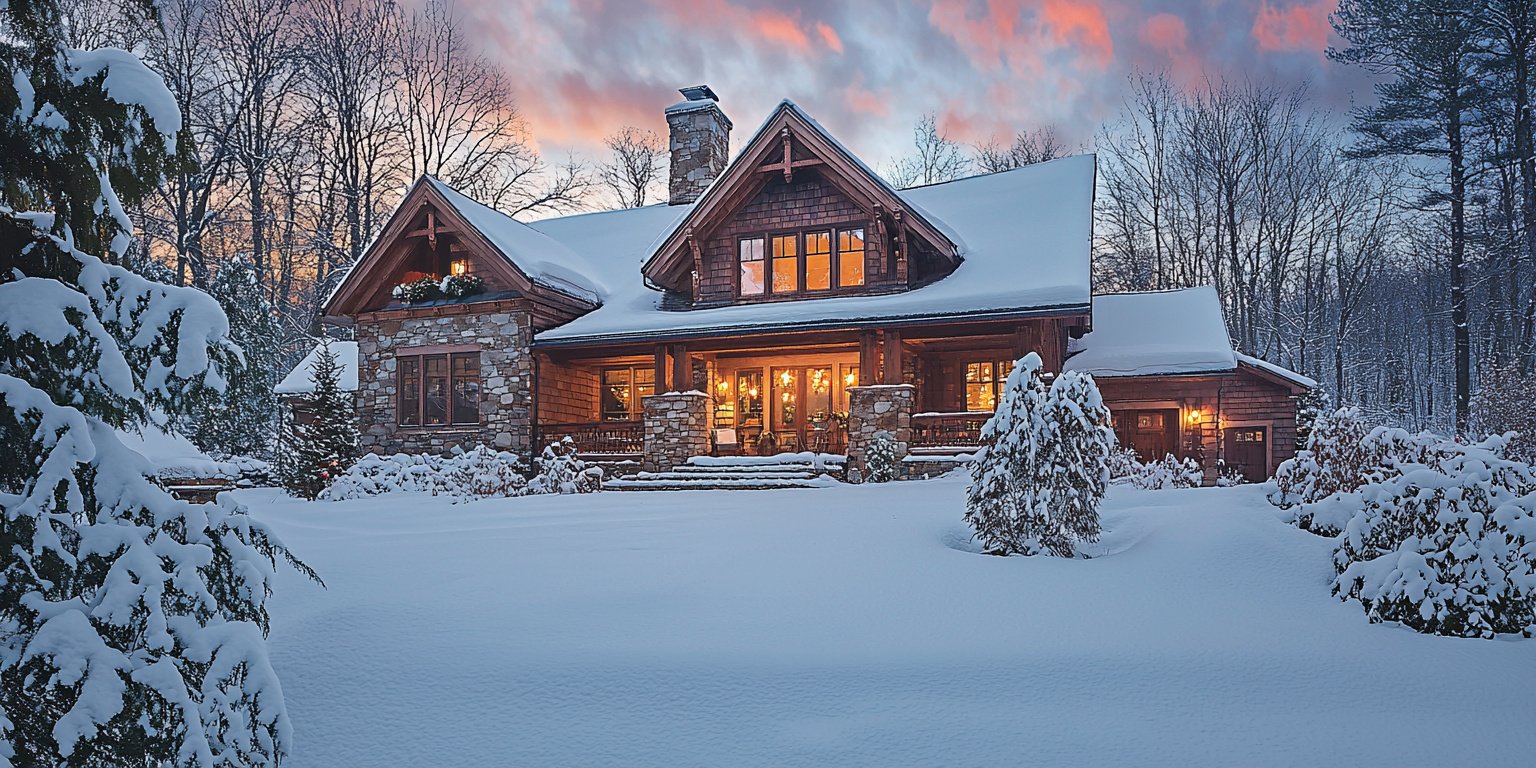Does Homeowners Insurance Cover a Second or Vacation Home?
May 3rd, 2024
8 min read

If you’re fortunate enough to own a second home in Central New York, you know the joy of having a place to escape the daily grind. Whether it’s a cozy cabin in the woods, a lakeside retreat, or a rustic hunting camp, your second home is a cherished asset.
But with ownership comes responsibility, and one of the most important aspects of protecting your investment is ensuring you have the right insurance coverage.
As an insurance agency that has been tailoring second home policies since 2009, we understand the unique challenges and risks associated with insuring a second home.
You may be wondering, “Does my primary homeowners insurance cover my vacation property?” or “What kind of policy do I need for a seasonal residence?” The answer is not always straightforward, as coverage options vary depending on the characteristics of your second home and the insurance company you choose.
In this article, we’ll guide you through the different types of second home insurance policies available, from basic dwelling fire coverage to more extensive options.
We’ll explain the key differences between these policies, including
- the events they cover,
- the valuation methods used for repairs and replacements, and
- the importance of liability protection.
By reading to the end, you’ll have a clear understanding of how to safeguard your second home and enjoy composure whenever you retreat to your special getaway.
Insuring Your Second Home: What You Need to Know
You’re excited about your new vacation home, but before you start enjoying those peaceful escapes, it’s crucial that your property is adequately insured. Many assume their primary homeowners insurance will cover their second home, but that’s not the case.
Second homes, whether you call them camps or cottages, require separate insurance policies tailored to their unique characteristics.
While a second home insurance policy shares similarities with your primary residence policy, they’re not identical. Insurance companies consider various factors when insuring a second home, such as the property’s features and whether it’s a year-round residence.They’ll ask questions like:
- Does it have a heating system?
- Is there running water inside the home?
- Is there an outside well with a hand pump?
Your answers will determine the type and extent of coverage your second home insurance policy provides. It’s essential to understand that there’s a difference between the types of events covered by a policy and the dollar amount of coverage provided.
Year-Round Residence: More Coverage, Higher Premiums
If your second home is similar to a year-round residence, like a house on Cazenovia Lake or Oneida Lake in Central New York, your insurance policy will more closely resemble a standard homeowners policy.
These homes typically have features like a furnace, internal plumbing, and are located close to a fire station. In such cases, the policy will cover many events, similar to your primary residence.
 However, insurance companies are aware of the higher risk associated with providing a policy for a second home that’s not occupied year-round. For example, if your furnace stops working at your primary residence during a cold snap in February, you’re likely to notice the same day and take immediate action.
However, insurance companies are aware of the higher risk associated with providing a policy for a second home that’s not occupied year-round. For example, if your furnace stops working at your primary residence during a cold snap in February, you’re likely to notice the same day and take immediate action.
You’ll contact a heating company, and the problem will be resolved before it causes your water pipes to freeze.
In contrast, if a heating problem occurs at your second home, it may take much longer to recognize and address the issue. This delay increases the likelihood of frozen pipes causing damage to your property.
While insurance companies are still willing to provide coverage for such scenarios, they’ll do so at a higher cost compared to a home you occupy all year.
Seasonal Properties: Unique Risks and Coverage Considerations
Many second homes in Central New York are more rustic and only used from late spring until early fall. These properties often lack a furnace and are winterized in the fall, remaining unoccupied for weeks or months at a time. While winterizing reduces the risk of water line breakage, insurance companies consider other potential risks.
Extended periods of vacancy increase the chances of vandalism and theft. Insurance companies factor in these risks when determining coverage and premiums for seasonal properties.
Remote Locations: Challenges for Emergency Services
 Some second home owners enjoy the seclusion of remote properties, with the nearest neighbor a mile away. While this provides a relaxing escape from daily life, it can also pose challenges for emergency services.
Some second home owners enjoy the seclusion of remote properties, with the nearest neighbor a mile away. While this provides a relaxing escape from daily life, it can also pose challenges for emergency services.
If a fire breaks out, remote locations can make it difficult for fire departments to locate the property quickly. Similarly, if your second home is set back from the road on a long, unpaved driveway that’s not maintained during the winter months, fire trucks may struggle to access the property even when they know its location.
These factors can increase the amount of damage a fire causes and, consequently, the cost of your insurance policy.
Hunting Camps: Bare-Bones Coverage Options
“Hunting camps” come in various forms, but for this discussion, let’s imagine a structure with no foundation, furnace, or running water—just a hand pump from a well. It has four walls, a floor, a roof, and a wood fireplace for heat, with an outhouse out back for “roughing it.”
While not all insurance companies are willing to provide policies for such basic structures, coverage is often available. However, the bare-bones nature of these properties will be reflected in the types of events covered and the coverage limits provided.
Vacation Home Coverage Variations: What to Expect
As mentioned earlier, two key components come into play when obtaining coverage for a second home:
- the types of events covered and
- the dollar amount of coverage provided.
It’s crucial to understand that these components can vary significantly from one insurance company to another.
When purchasing a policy, take the time to review the level of coverage each company offers for your specific property. It’s impossible to provide a one-size-fits-all formula that guarantees a certain level of coverage based on a property’s characteristics.
For example, one insurance company may be hesitant to insure a property located more than two miles from a fire station, while another may have a five-mile comfort zone. Some companies may only be interested in providing coverage for year-round properties, while others are willing to insure any structure with a roof.
In the following three sections, we’ll discuss the options you’ll typically find among most insurance companies. However, keep in mind that there will be tweaks, modifications, and adjustments depending on the insurer. That’s why it’s essential to be diligent in reviewing the policy details before making a decision.
Dwelling Fire: Basic Coverage for Your Second Home
When insuring a second home, the level of coverage an insurance company is willing to provide depends on their comfort with the property. For rustic hunting camps or bare-bones structures, companies may only offer a basic dwelling fire policy, which provides limited coverage for specific events.
1. Dwelling Structure Coverage
A dwelling fire policy specifically names the events that qualify for coverage, typically including
- fire,
- lightning strikes (which can cause fires), and
- internal explosions (such as a gas stove blowing up).
No other events would be covered under this policy.
These policies can be purchased with various levels of coverage for the above events. Some calculate the value of repairs using an actual cash value formula, meaning the insurance company will pay the depreciated value of the damaged property.For example, if a porch was worth $1,000 the day before it burned, that’s the amount the insurance company would pay.
Alternatively, policies can be purchased with replacement cost coverage, where the insurance company pays the cost to replace the destroyed property. Using the same porch example, if the cost to replace the porch is $3,000, that’s what the insurance company would pay.
2. Personal Liability Coverage
Basic dwelling fire policies often don’t include liability coverage, meaning if someone trips and falls on your property, you may not have any protection. Some insurance companies allow you to add liability coverage for an additional cost, which is worth considering.
Your primary residence homeowners policy likely includes liability coverage that follows you almost everywhere you travel. However, there’s an exception: the coverage does not extend to other properties you own with structures, such as your second home.
To ensure you’re protected, you need to include liability coverage in your second home policy.
3. Personal Property Coverage
Under a dwelling fire policy, personal property is only covered for the same fire, lightning, and explosion events, and only using the actual cash value method.
It’s important to understand that dwelling fire policies are very basic and limited in scope. They should only be considered when no other options are available, as they fall into the “better than nothing” category.
Some insurance companies may offer the option to upgrade the policy to replacement cost valuation (at a higher cost), but this depends on factors like
- the type of second home,
- location, and
- proximity to a fire department.
Named Events Coverage: A Step Up from Dwelling Fire
For second homes that more closely resemble a potential year-round residence, insurance companies may be willing to offer coverage for additional events beyond those included in a basic dwelling fire policy.
This type of policy, known as named events or named peril coverage, provides protection for specific incidents like
- hail damage,
- high winds,
- frozen pipes,
- vandalism, and
- roof collapse due to the weight of ice and snow.
While the list of covered events is more extensive than a dwelling fire policy, it still explicitly outlines the specific events that qualify for coverage.
Second Home Structure Coverage
With a named events policy, the insurance company acknowledges that the property is a second home and will pay for repairs or replacement of damage to the structure using the replacement cost valuation method.
This means that if a covered event damages your property, the insurance company will pay the cost to repair or replace the affected areas with materials of similar quality.
Second Home Personal Property Coverage
Unlike a dwelling fire policy, named events coverage includes protection for personal belongings such as furniture and clothing. However, the value of these items is typically calculated using their worth before the covered event (actual cash value).
Some insurance companies may allow you to upgrade the valuation method to replacement cost for an additional premium.
Liability Protection
Named events policies usually include liability protection, typically starting at $100,000 with the option to purchase higher limits. Liability coverage protects you if someone is injured on your property and decides to sue.
Given the relatively low cost of increasing liability limits, it’s a wise investment that every second home owner should consider.
Excluded Events Coverage: Extensive Protection for Your Second Home
For second home owners seeking the most extensive coverage, an excluded events policy offers the greatest flexibility and protection. This type of policy is similar to the named events coverage discussed in the previous section but with some notable enhancements.
Replacement Cost Coverage for Personal Property and Structure
One of the primary benefits of an excluded events policy is that both your personal property and the structure itself are automatically covered using the replacement cost valuation method.
This means that if a covered event damages your second home or your belongings, the insurance company will pay to repair or replace them with items of similar quality, without factoring in depreciation.
Liability Protection Included
As with named events coverage, excluded events policies include liability protection. This coverage safeguards you in the event that someone is injured on your property and decides to take legal action.
The liability limits can often be increased for a relatively small additional premium, providing you with greater composure.
Broad Second Home Coverage with Specific Exclusions
The key difference between an excluded events policy and a named events policy lies in how covered events are described. While a named events policy specifically lists the events that are covered, an excluded events policy takes a more extensive approach. It covers everything unless it is expressly excluded from coverage.
This exclusionary coverage applies to both the structure and your personal belongings, offering a broader range of protection for you as the property owner.
To learn more about the events that may be excluded from this type of policy, read our article, A Comprehensive Horan Guide to Homeowners Insurance.
Protect Your Cherished Retreat with Second Home Coverage That Fits
Insuring your second home may seem like a daunting task, but with the right knowledge and guidance, you can protect your cherished retreat and enjoy it with confidence.
By understanding the different coverage options available and working with an experienced insurance agency, you can tailor a policy that fits your unique property and gives you the composure and security you deserve.
Neglecting to properly insure your second home can lead to financial hardship and heartache if the unexpected occurs. Don’t let your dream getaway turn into a nightmare. Take the time to review your coverage, ask questions, and make informed decisions.
At Horan, we’re here to help you navigate the complexities of second home insurance and find the right solution for your situation. With our expertise and personalized approach, you can rest assured that your vacation home is in good hands.
Click the Get a Quote button below to start protecting your cherished retreat with second home coverage that fits.
Also read our related article, Why is Homeowners Insurance More Expensive for My Secondary Home?
Daniel is an accomplished content creator. He has been working in publishing for almost two decades. Horan Companies hired Daniel as its content manager in November 2022. The agency entrusted its messaging to him. Since then, Daniel has written insurance articles, service pages, PDF guides, and more. All in an effort to educate CNY readers. He's helping them understand the world of insurance so they can make informed decisions.









